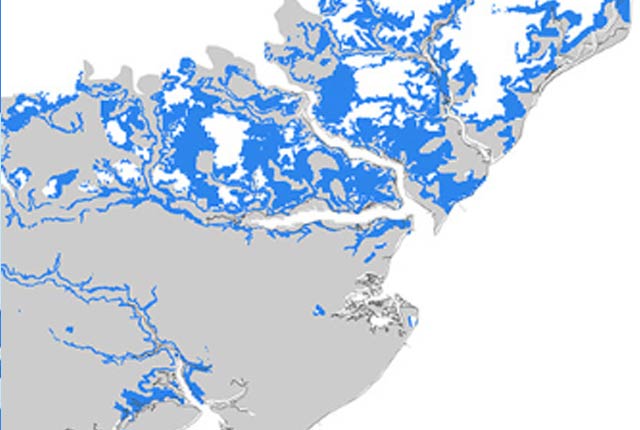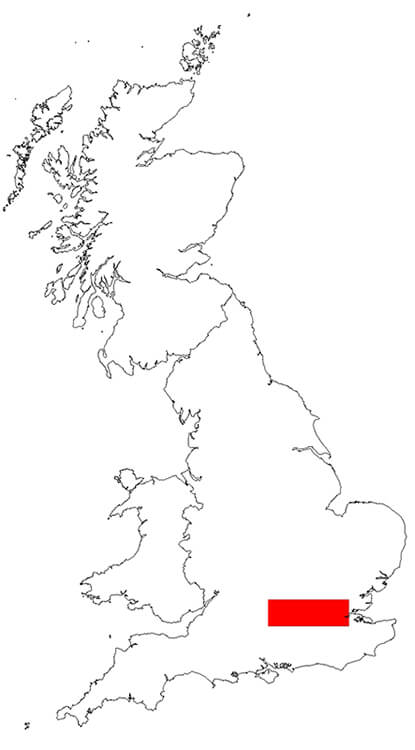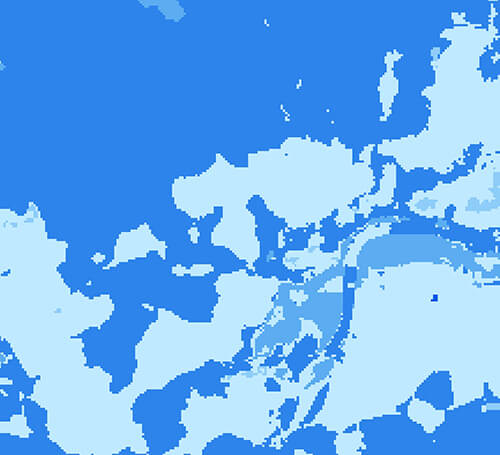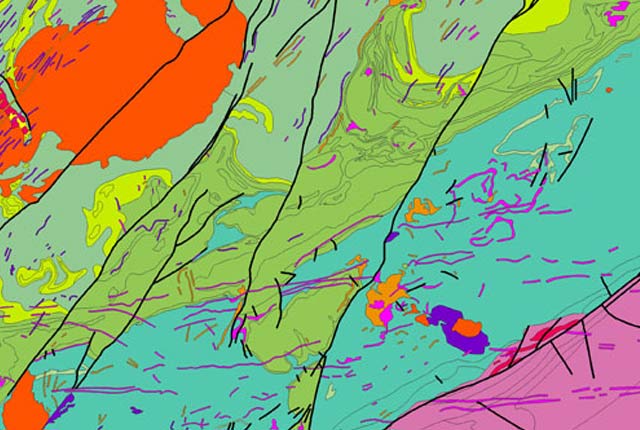Key information
Scale:
1:50 000Coverage:
London and Thames ValleyAvailability:
LicensedFormat:
GIS vector grid (ESRI, other formats available on request)Price:
On application; subject to number of users, licence fee and data preparation fee.
Uses:
Local-level useGet Data
Free access
Our free data is available under the Open Government Licence. Please acknowledge reproduced BGS materials.
Sample dataPaid access
Supporting documents
The shrink–swell 3D data is a regional hazard-susceptibility map that identifies areas of potential shrink–swell hazard in 3D at intervals down to 20 m in the London and Thames Valley area. The data is classified on an A–E range of hazard susceptibility.
Swelling clays can change volume due to variation in moisture, which can cause ground movement that may affect many foundations. Ground moisture variations may be related to a number of factors, including weather variations, vegetation effects (particularly growth or removal of trees) and the activities of people that might cause changes to the ground conditions. Such changes can affect building foundations, pipes or services.
These hazards may also affect anyone involved in the construction of large structures (deep foundations; basements), infrastructure networks (road or rail) or utility companies. The 3D properties of these materials can be used to identify potential problems at surface, in the shallow subsurface or deeper underground (e.g. tunnels).
The data has been produced by geologists, geotechnical specialists and information developers at the BGS and are derived from the London geological model.
BGS GeoSure: shrink–swell 3D for London is part of the BGS GeoSure range of natural subsidence products.
You may also be interested in

BGS GeoSure: shrink–swell subsurface
This is a single data layer that identifies areas of potential shrink–swell hazard that are underneath another solid formation and therefore hidden from the surface.






